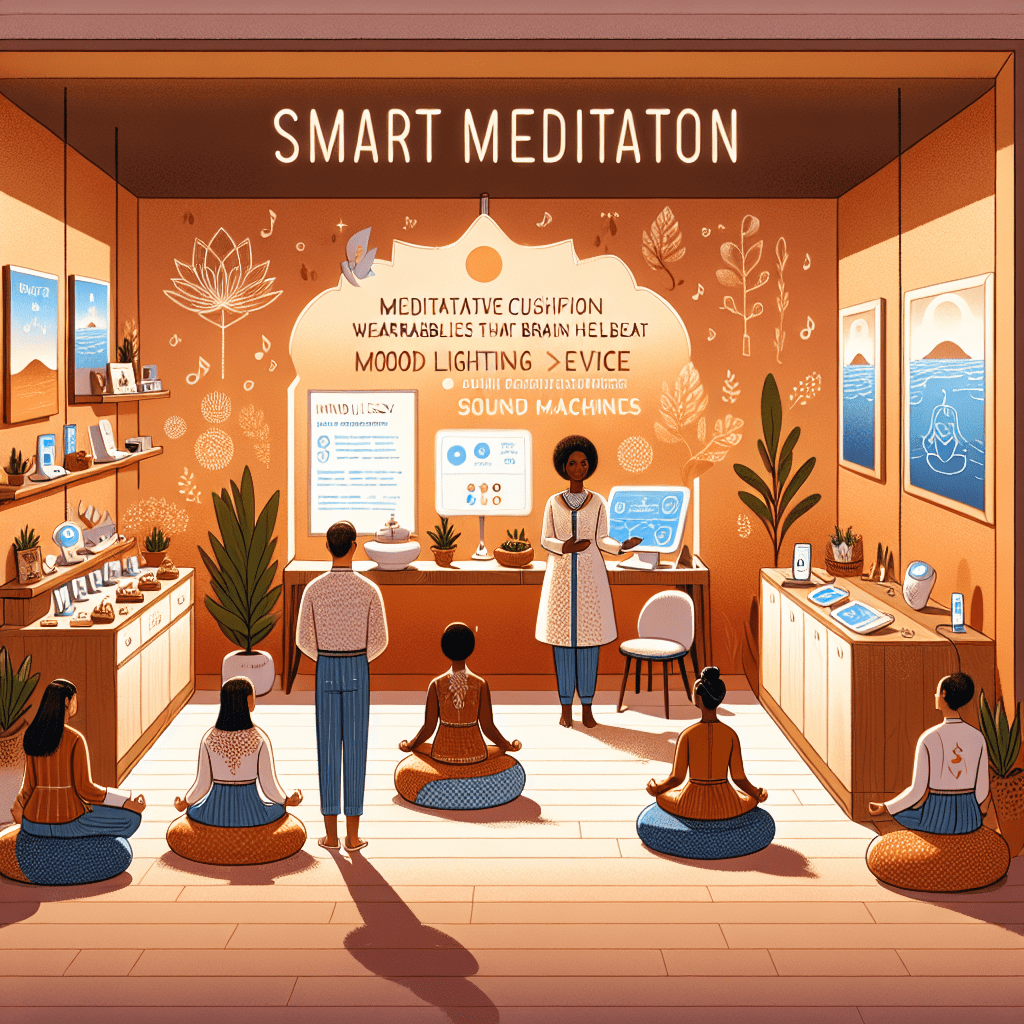
Prioritize your mental well-being daily. Enhance your life by nurturing your mental health with the Smart Meditation app. Break free from stress, alleviate anxiety, and enhance your sleep quality starting today.
How Has Meditation Changed Over Time?
The Evolution of Meditation: A Journey Through Time
Meditation, the age-old practice that has threaded through the fabric of various cultures, religions, and philosophies, has experienced a remarkable evolution. From its ancient roots to its contemporary applications, the journey of meditation reflects both constancy and change, adaptation, and adherence to its core principles. Let’s embark on a voyage through time, exploring how this venerable practice has transformed, adapted, and yet, in many ways, remained deeply connected to its original essence.
From Ascetic Practice to Mainstream Mindfulness
Ancient Beginnings
Meditation’s story begins thousands of years ago, with its earliest documented records originating from the Hindu traditions of Vedantism around 1500 BCE. The practice was, in its inception, a means to transcend the physical state and unite with the spiritual realm. It wasn’t just about closing one’s eyes and finding inner peace; it was an intricate part of a larger ascetic discipline aimed at achieving enlightenment or Moksha.
Buddhism and the Spread Across Asia
With the emergence of Buddhism around the 6th to 4th centuries BCE, meditation took on a new dimension. The Buddha’s teachings emphasized meditation not just as a practice for monks and nuns but as a pathway accessible to all for alleviating suffering and understanding the mind. As Buddhism spread across Asia, it carried meditation practices to new lands, where they mingled with local traditions, leading to a rich tapestry of meditative practices.
The Middle Ages to the Renaissance
During this period, meditation thrived under the auspices of the Islamic Sufis and the Christian mystics, who sought communion with the Divine through contemplative practices. Despite the variations in approach and theology, the essence of meditation as a means to an inner, mystical experience remained a common thread.
The 20th Century: The West Gets Intrigued
The 20th century marked a pivotal era in the history of meditation; it was when the East met the West. Pioneers like Swami Vivekananda, Maharishi Mahesh Yogi, and D.T. Suzuki introduced meditation to Western audiences, blending ancient wisdom with the zeitgeist of an era hungry for personal and social transformation. This encounter spawned a plethora of movements and introduced meditation practices into areas beyond spirituality, such as medicine and psychology.
The Digital Age: Meditation Goes Mainstream
Fast forward to the 21st century, and meditation has emerged from the secluded monasteries and hidden ashrams into the limelight of mainstream society. Thanks to technological advancements, one can now learn to meditate through a smartphone app or participate in virtual meditation retreats, making the practice more accessible than ever. Modern science has thrown its weight behind meditation, with a myriad of studies documenting its benefits for mental and physical health, further fueling its popularity.
Transcultural Exchange and Secularization
Today, meditation is no longer the sole reserve of the spiritually inclined. The secularization of meditation through practices like Mindfulness-Based Stress Reduction (MBSR) has made it palatable to a broader audience, integrating it into healthcare, education, and the workplace. This transcultural exchange has led to a fascinating blend of practices and interpretations, from traditional Vipassana retreats to ‘McMindfulness’ sessions.
The Essence Remains Unchanged
Amidst this evolution, it’s heartening to see that the core of meditation — the quest for inner peace, self-awareness, and a deeper connection with life — remains untouched. The modalities, contexts, and terminologies might have morphed across time and cultures, but the heart of meditation beats with the same rhythm of mindfulness and compassion.
In essence, meditation has journeyed from the sacred groves of ancient India to the bustling cities of the digital age, evolving and adapting but always retaining its transformative power. As we continue to navigate the complexities of modern life, the ancient practice of meditation offers a beacon of calm and clarity, proving that some things, despite the passage of time, remain ever relevant and vital.





